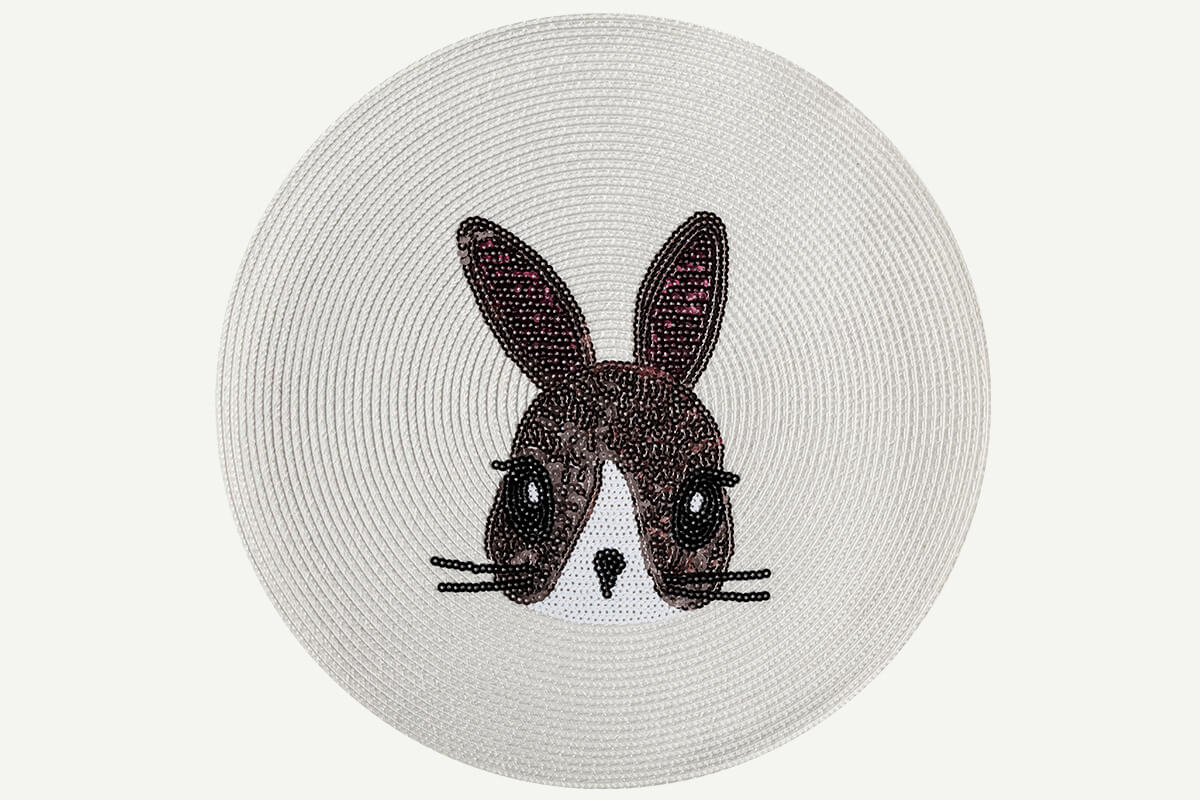If you have multiple people eating at the same time and store leftover food in plastic containers rather than refrigerators, using reusable kitchen placemats is more ecofriendly than using disposables.

You may be surprised to see that one of the environmental impacts of disposable kitchen placemats is on our water supply and wastewater systems. Disposable placemat manufacturers use non-biodegradable materials such as plastic, which is then dumped into the environment when they’re no longer needed.
This problem can easily be avoided by using reusable placemats instead! Reusable kitchen placemats are made with natural fibers like cotton or linen, making them more environmentally friendly than their disposable counterparts. They also require less energy for production, so you can feel good about your choice when it comes to reducing waste from your home too!
To make disposable placemats and their packaging, manufacturers use chlorine to kill germs, bleach to whiten fabric fibers, and other chemical-based dyes.
Disposable placemats are also made from fabric, which is then dyed and treated with chemicals that create a synthetic polymer. The synthetic polymer is what makes disposable placemats waterproof, but it's also what causes their immediate disposal when they begin to fray or wear out. It is these chemicals that give you the stinky plastic smell after use; they're not good for your health or environment!
Disposable placemats are also made from recycled paper and plastic, which means they are ultimately destined for landfill.
Since there are so many people in our household who eat and drink at the table, it's not uncommon for us to use four or five placemats during a meal. If we used reusable placemats instead of disposables, fewer mats would need to be created than if we used disposable ones.
A lot of people assume that disposable plates and bowls are better for the environment because they're more eco-friendly than reusable ones—but this isn't true! Reusables can be washed by hand or in the washing machine, while disposables need to be thrown out after one use (unless you use special detergent).
Using reusable kitchen placemats instead of disposable ones can help you save money and protect the environment. You may be surprised to see that one of the biggest environmental impacts of disposable kitchen placemats is on our water supply and wastewater systems. To make disposable placemats and their packaging, manufacturers use chlorine to kill germs, bleach to whiten fabric fibers, and other chemical-based dyes. Disposable placemats are also made from recycled paper and plastic, which means they are ultimately destined for landfill. Since there are so many people in our household who eat at the table, it's not uncommon for us to use four or five placemats during a meal.

 English
English Español
Español






